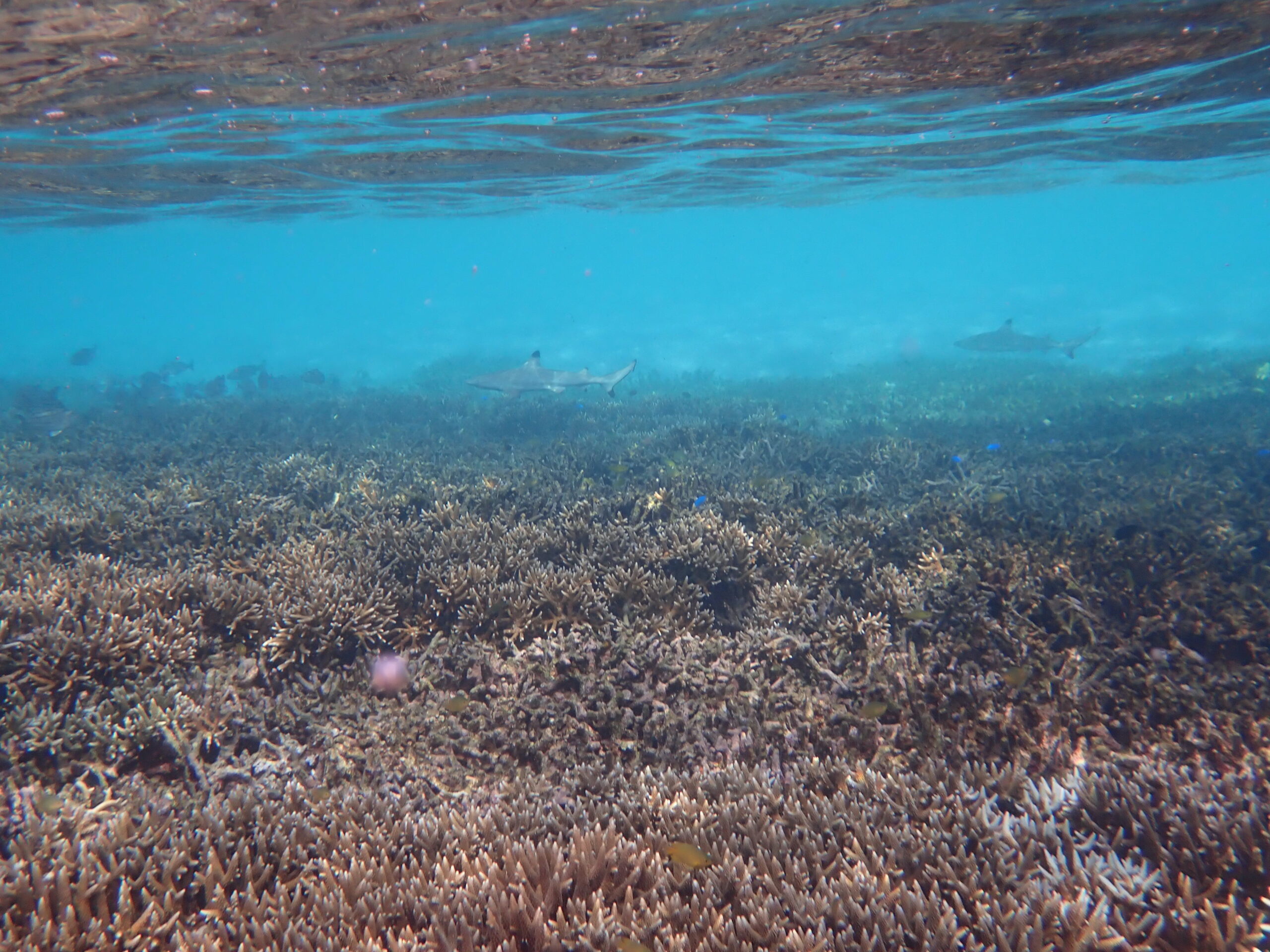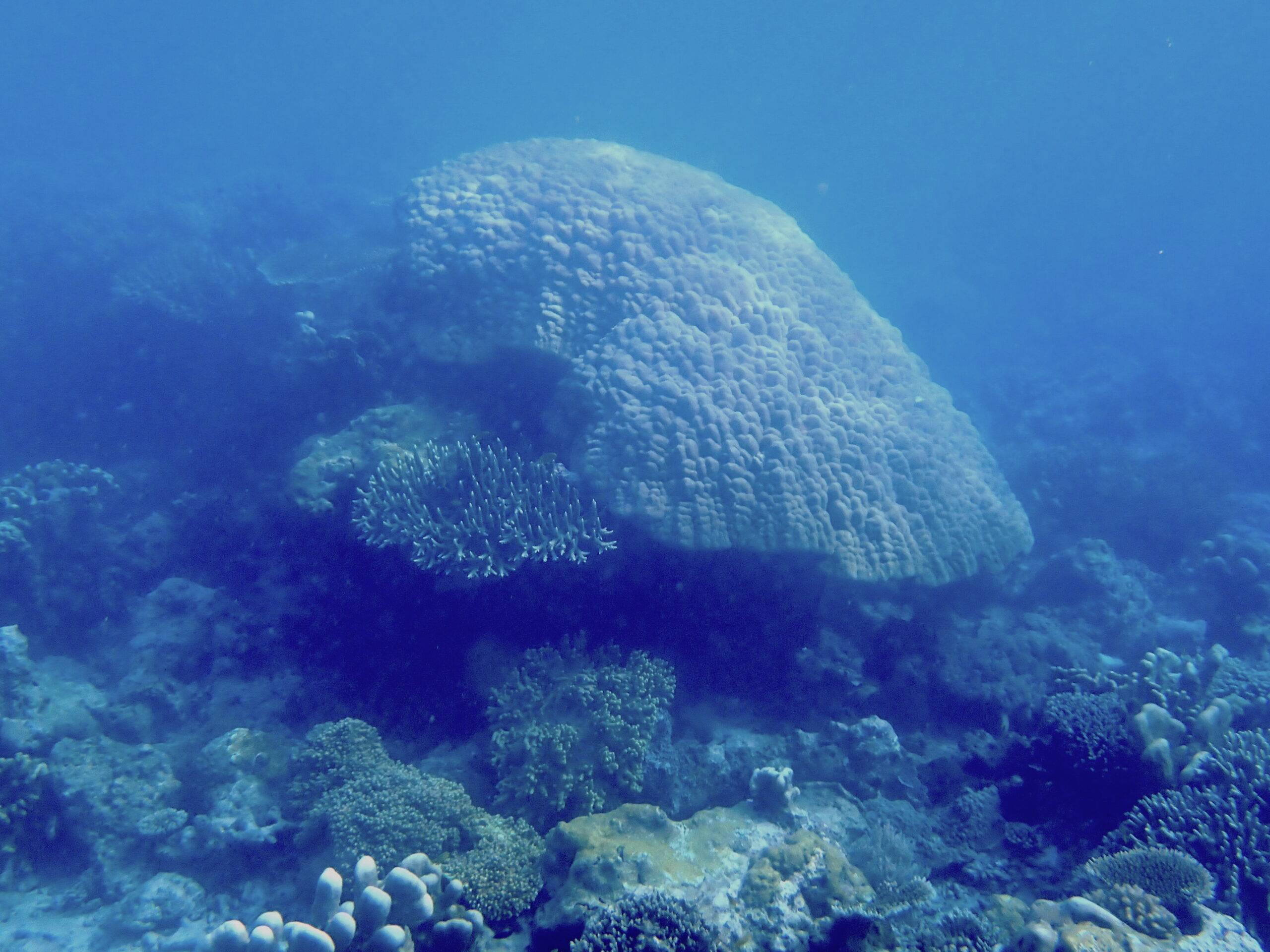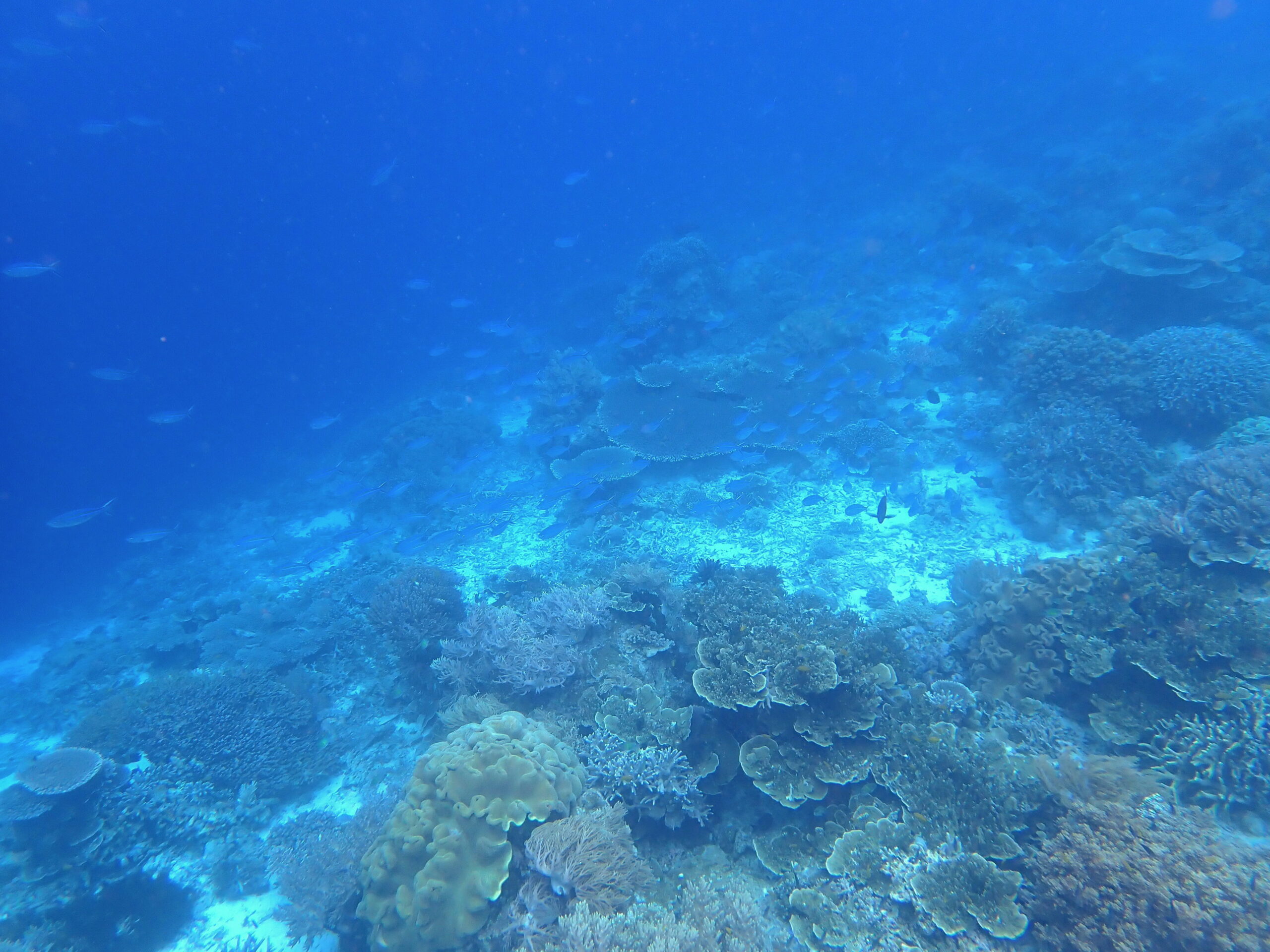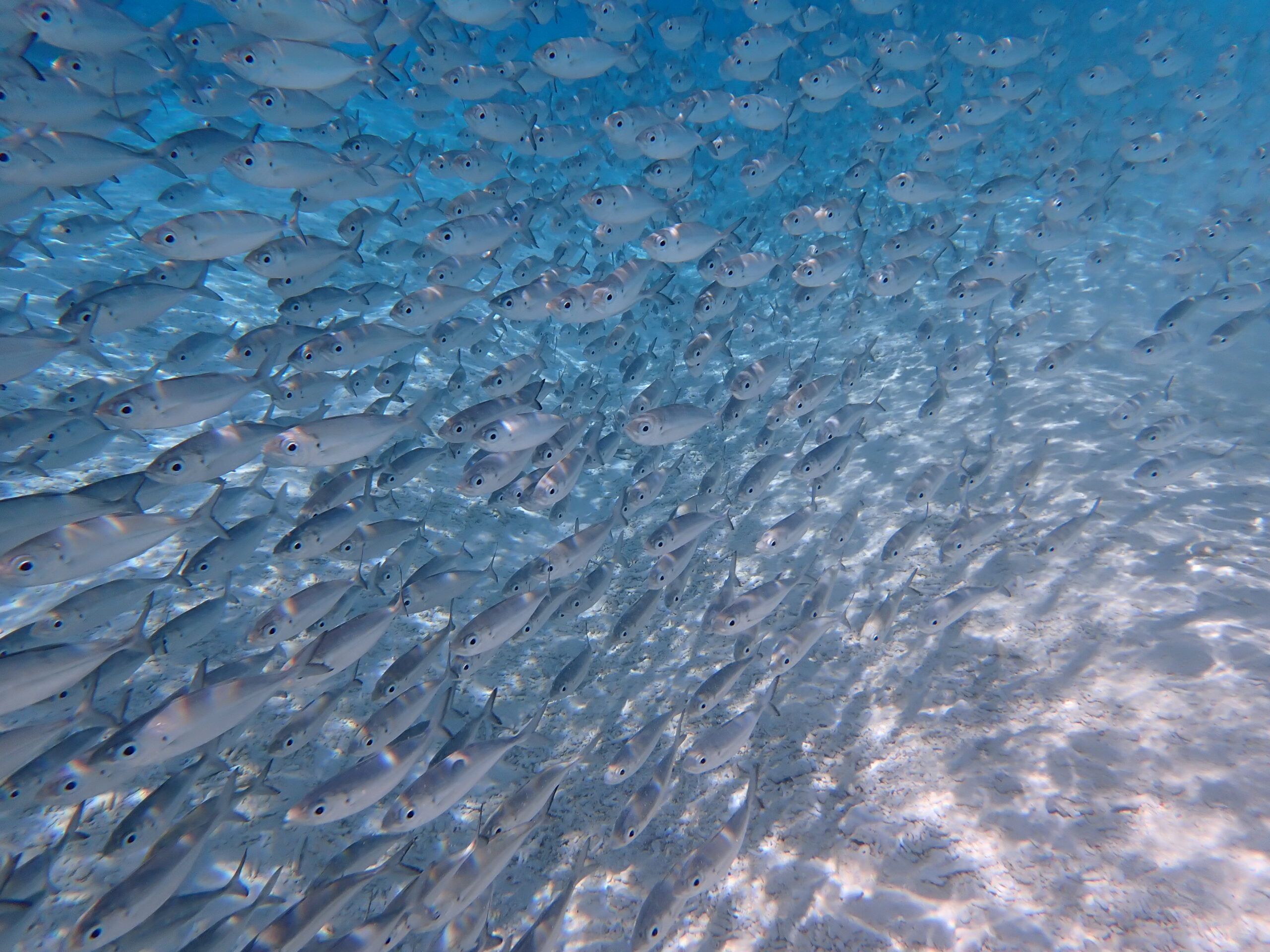Agusta Eco Resort
Pulau Agusta, Sauandarek, Raja Ampat Regency, West Papua Indonesia
Coordinates in degrees decimal: 0.65000000 N, 130.57583333 E.
Visited in October-November 2024. Photographer: Nigel and Sylviane Thomas. Cameras: Olympus Tough T6 and Nikon Coolpix W300.
Website: https://www.agustaecoresort.it/resort/
Introduction
The Agusta Eco Resort is located on Pulau Agusta, which is south of Mansuar Island in Raja Ampat. Areas of snorkelable coral reef can be found around the island but the area with safest and easiest access is off the west coast. The reef in this area extends over 600m. The reef is accessible from the shore but tidal and related current conditions can restrict access. It is important to choose the correct tidal state to both enter and exit the reef area.
Pulua Agusta is accessible directly from Sorong, by privately hiring the resort vessel. Alternatively take the ferry from Sorong to Waisai harbour, where the resort vessel can pick you up. Sorong is serviced by local airlines arriving from Jakata, Garuda appears to be the most reliable. Be careful to take a flight that coordinates with the ferry transport to Waisai, which leaves early morning. Jakata is a major international airline hub.
The resort is low key with beach side accommodation on the south side of the island. The best snorkelling spots are a short walk from the rooms and the whole island can be walked around in a couple of hours.
Factors affecting snorkelling
The air temperature in the area is stable with the yearly average between 25C and 27C. Daily average high is around 29C with lows of 24C. Bear in mind that the temperature you feel is modified by humidity which is generally high. Rainfall in the Raja Ampat region is generally at a peak between June and July, although the rain is both localised and shortlived.
Seawater temperatures are uniformly warm throughout the year with a monthly average around 29C, so no need for a wetsuit at any time.
The specific weather and water conditions that might affect snorkelling, with respect to the preferred entry and exit points off the south-west and west of the island (see below), include:
- Rainfall may affect surface visibility during the periods June to July, when almost 200mm per month can occur. These downfalls, however, are generally shortlived.
- The strongest winds occur during the period June to September when they frequently exceed 20mph. These winds are from the SE and ESE hence can create a chop on the water surface that can limit water entry and reduce visibility.
- The island is also subject to unpredictable increases in swell due to more distant weather conditions, i.e. from areas of open ocean. The swell, when it occurs, prevents safe access and exit from the beach, due to the shallow nature of the water and the dense populations of Acropora coral. The swell also has a direct impact on shallow water visibility, due to disturbance of the fine sands. However, these swells generally subside quickly (1-2 days).
- The tidal range at the resort (based on the tide gauge at Saonek Dampier Strait) can be as large as 2m with lows at or slightly above 0.1m and highs in excess of 2m (https://www.tideschart.com/Indonesia/West-Papua/Kabupaten-Raja-Ampat/Saonek-Dampier-Strait/). Current speeds as much as 1.8msec. have been recorded in the local area. Localised currents on the island may, therefore, be very strong, once slack water has passed. The currents are most pronounced on the north and southern coasts, although there are also localised counter currents on each corner of the island. Limited currents exist off the western coast, where snorkelling is safest.
- Vessel activity was only evident in the vicinity of the jetty for short periods every day.
Ecology
The habitats that can be observed while snorkelling at the resort include: extensive coral reef areas which include mixed species outcrops, reef edge drop off, rock/moribund coral boulders, coral debris and sand in the shallow waters and clean sands both inshore and offshore. The coral in general is in a healthy state and comprises a wide variety of species, with approximately 62 species recorded including 12 soft corals.
A total number of 209 species were identified during our 10 day trip, comprised over 100 fish species including numerous individual Black Tipped Reef Sharks. Associated species included a good number of echinoderms and several mollusc species. Fast swimming shoals of Bigeye Scad and Snubnose Pompano are particularly spectacular.

The best entry point is at the extreme west of the island, site 1. Alternative points from which to access the reef to the west of the island are numbered 2 and 3. Both of these can take you onto the same coral reef areas but may be subject to different wave and current conditions and in some cases support poorer seabed habitats.

The seabed at site 1 comprises broken coral debris, so wear shoes/boots. Once the water is sufficiently deep you will see Acropora and Pocillopora corals as well as numerous fish species. At this point you can choose to swim either north or south, over more extensive coral reef.

To the south of the reef you will be able to find good example of both tabular and branching Acropora species. The branching species dominate the shallow waters and create a barrier to returning to shore.

A view towards the beach over the shallow Acropora coral, with small Black Tipped Reef Sharks patrolling.

To the north of entry point 1 or from entry point 3 several areas with substantial Porites coral can be found. This area also supports a range of species not noted to the south of the area, including shoals of Palette Surgeonfish and some sizable Humphead Wrasse.

Swimming further offshore it is possible to arrive at a sloping drop off, with a variety of hard and soft corals, numerous shoals of fish and some of the larger sharks and turtles.

Taking a short dip in the vicinity of entry point 4 is worth it to see the large shoals of Bigeye Scad. If you are lucky you can see one of the Crocodile Needlefish, snap one up.

